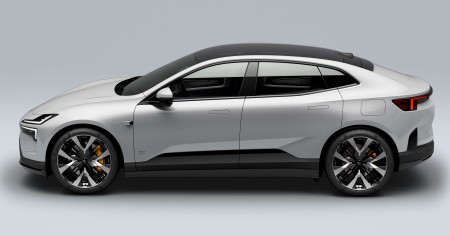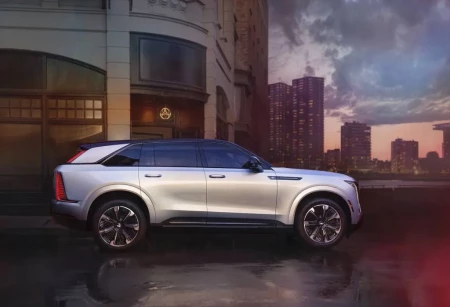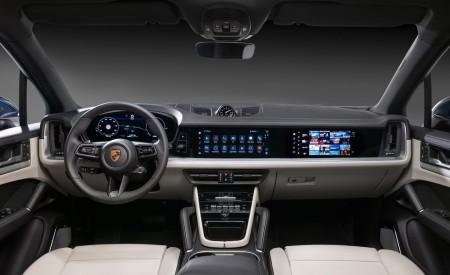2023 Mercedes-Benz EQE SUV Review Pricing and Specs
Overview
With its smooth, rounded appearance, the 2023 Mercedes-Benz EQE electric SUV doesn’t look like other modern crossovers, most of which are pumped up with rugged design cues. Instead, the EQE SUV leans on its aerodynamics to help maximize its driving range, which is expected to come in at up to 279 miles per charge. The EQE350 SUV comes with a 288-hp electric powertrain, while the EQE500 is more performance-oriented, with 536 horsepower on tap. The EQE SUV will join a flood of new electric SUVs when it hits the market in spring 2023. Rivals include fresh faces such as the Cadillac Lyriq and the Polestar 3 as well as Tesla’s well-known Model Y. The EQE SUVs will attempt to wow buyers with technology features, including a dashboard full of digital screens and options such as rear-wheel steering and biometric driver authentication.
What’s New for 2023?
Mercedes-Benz is filling its lineup with EQ-branded electric vehicles, and the EQE SUV is the latest one. It shares its platform, styling cues, and interior features with the EQE sedan, but it comes with the high-riding seating position that so many American drivers prefer.
Pricing and Which One to Buy
We’d stick with the entry-level EQE350+ as it’s the one with the longest driving range—and more miles equals less range anxiety. Mercedes equips all models with a generous list of standard equipment, so we’d be fine sticking with the base Premium trim level, which comes with a panoramic sunroof, 19-inch wheels, interior ambient lighting, a Burmester stereo system with Dolby Atmos tuning, and an array of driver-assistance features.
EV Motor, Power, and Performance
The entry-level EQE350+ comes with a single 288-hp motor that drives the rear axle; the all-wheel drive EQE350 4Matic adds a second motor to provide traction for the front axle, but the total horsepower output is still 288. As a result, both will likely provide similar performance, and we expect the EQE350+ will hit 60 mph in 5.6 seconds with the EQE350 4Matic shaving off a little bit of that time. Upgrading to the EQE500 bumps combined output of the two electric motors way up, to 536 ponies. We think that’ll be enough to propel the EQE500 SUV to 60 mph in 4.0 seconds. An adjustable air suspension is optional and can raise the EQE SUV by an inch for greater ground clearance; a rear-axle steering system is also available and can swing the rear wheels up to 10 degrees in either direction to aid maneuverability and handling. During our initial test drive, we got to sample a base EQE350+ with steel springs as well as EQE350 4Matic and EQE500 models with the optional air suspension, which we found delivered a tauter feel but a harsher ride. The EQE SUV is still fairly agreeable to drive, and most buyers who are shopping in this segment are likely to find it suitable. There are several different modes for setting the EQE’s regenerative braking, some of which aren’t easy to get used to when driving. For EV drivers in the habit of driving with just one foot, the Strong Recuperation mode allows for one-pedal driving.
Range, Charging, and Battery Life
The EQE SUV comes with a 90.6-kWh battery pack, which should provide a driving range of about 279 miles in the most efficient rear-wheel drive EQE350+ model, according to Mercedes-Benz. The EQE350 4Matic is good for 253 miles, and the top-dog EQE500 comes with a 269-mile range. When hooked up to a DC fast-charging station, Mercedes-Benz says the battery can be charged from 10 to 80 percent in about 32 minutes.
Fuel Economy and Real-World MPGe
The EPA hasn’t released fuel-economy estimates yet for the EQE SUV, but we’re expecting it to be slightly less efficient than the EQE sedan and on par with other similarly sized EV SUVs such as the Jaguar I-Pace and the Polestar 3. When we get a chance, we’ll take the EQE SUV on our 75-mph highway fuel-economy test route and update this story with real-world results. For more information about the EQE SUV’s fuel economy, visit
You may like:



